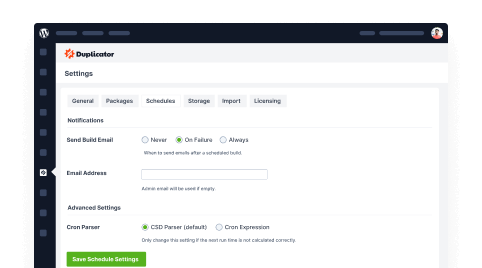- Features
- Pricing
- Testimonials
- Help Center
Contact Us I have a technical question
If you’re already a customer, the fastest way to get help is through our support ticketing system.
I have a basic questionHave a pre-sales question or general question about how our site / service works?
- Blog
- Login
- Get Duplicator

